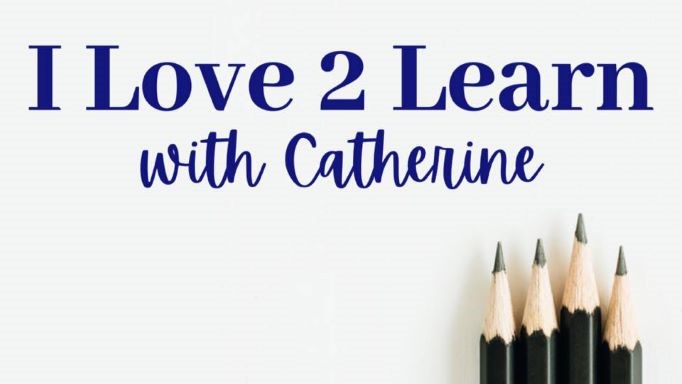Cultivating Remarkable Learning through Understanding Learning Styles
Monday, April 10, 2023 by Catherine Gilliland | Cultivating Learning
.png)
We often call the different ways that individuals generally gather, understand, and remember information their learning style. Primary learning styles vary from person to person and are exercised when that individual encounters new information, processes that knowledge into understanding, or develops different sets of skills. Although visual, auditory, reading/writing, and kinesthetic are generally regarded as the primary sensory learning styles, there are many other subtleties to be considered when determining learning styles for the sake of teaching.
How can you determine your strongest learning style? Ask yourself questions about recent learning experiences. What worked and didn't work for you as you attempted to learn and comprehend new information? What are your preferences when learning new content? Is your most efficient learning accomplished when you listen to another, practice the new skill with your hands, watch another, or when you read about it? Can your middle and high school students answer these questions for themselves? As you do, they also increasingly bear the responsibility for assimilating and processing information, growing their resilience to learn outside of their natural strengths or preferences. Can you answer these same questions accurately about your child or those you teach? Be a student of your child and your "students". If these ideas are new to you, Cynthia Tobias, educator and author of The Way They Learn, has developed free learning style assessments for adults and their children.
It is natural to impart information to others in a way that reflects our strongest methods of learning. As parents or teachers, however, we may or may not realize that the style best serving our personal learning is ineffective for our children. Even if we do realize our child learns differently from us, we must cultivate the skills and creativity to impart new information in ways that foster strong, efficient, and enjoyable learning experiences for our children.
All parties benefit from becoming adept at communicating information in alignment with learning styles. Who has ever thrown up their hands, frustrated that they cannot help their child understand a concept? Parents who are assisting their children with homework recognize this need. Teachers and tutors are called upon to instruct so all learners can tap into their primary style and foster flexibility in learning in less natural ways. Parents who are schooling their children at home reduce conflict and increase enjoyment when they select curriculum and learning experiences that capitalize upon their child's strongest learning styles.
While there are four commonly understood sensory learning styles, there are many other considerations to take into account when teaching or learning. Learning is never limited to the formal classroom! Think for a moment about the wide variety of situations in which you have personally learned new information this week. Employers and employees learn on the job. We learn from podcasts. News outlets impart new information. Reading books and other print or electronic media are sources from which we assimilate facts and ideas. Dr. Erica Warren, an educational therapist and author, suggests there may be twelve different ways of learning in a list that she calls The Eclectic Teaching Approach and Learning Profile. In addition to the traditional four sensory styles, she adds the additional categories of preferences for sequential learning, big picture learning, thinking aloud, group learning, logical processing, life experiences, demonstrations, and incorporation of rhythm and song. A quick internet search of different learning styles will identify diverse individual philosophies on this topic.
As recipients of communicated information, we bear responsibility for assimilating and processing information which requires us to grow our personal resilience to learn outside of our natural strengths or preferences. Yet, a compelling truth about learning styles still remains: to become an effective communicator in any realm of life, one must take into account the wide variety of techniques that individuals use to receive and store the information they are given, and a speaker is called upon to tailor their presentation to meet as many modes of learning as possible. Mindful teaching of this sort yields remarkable learning results.


